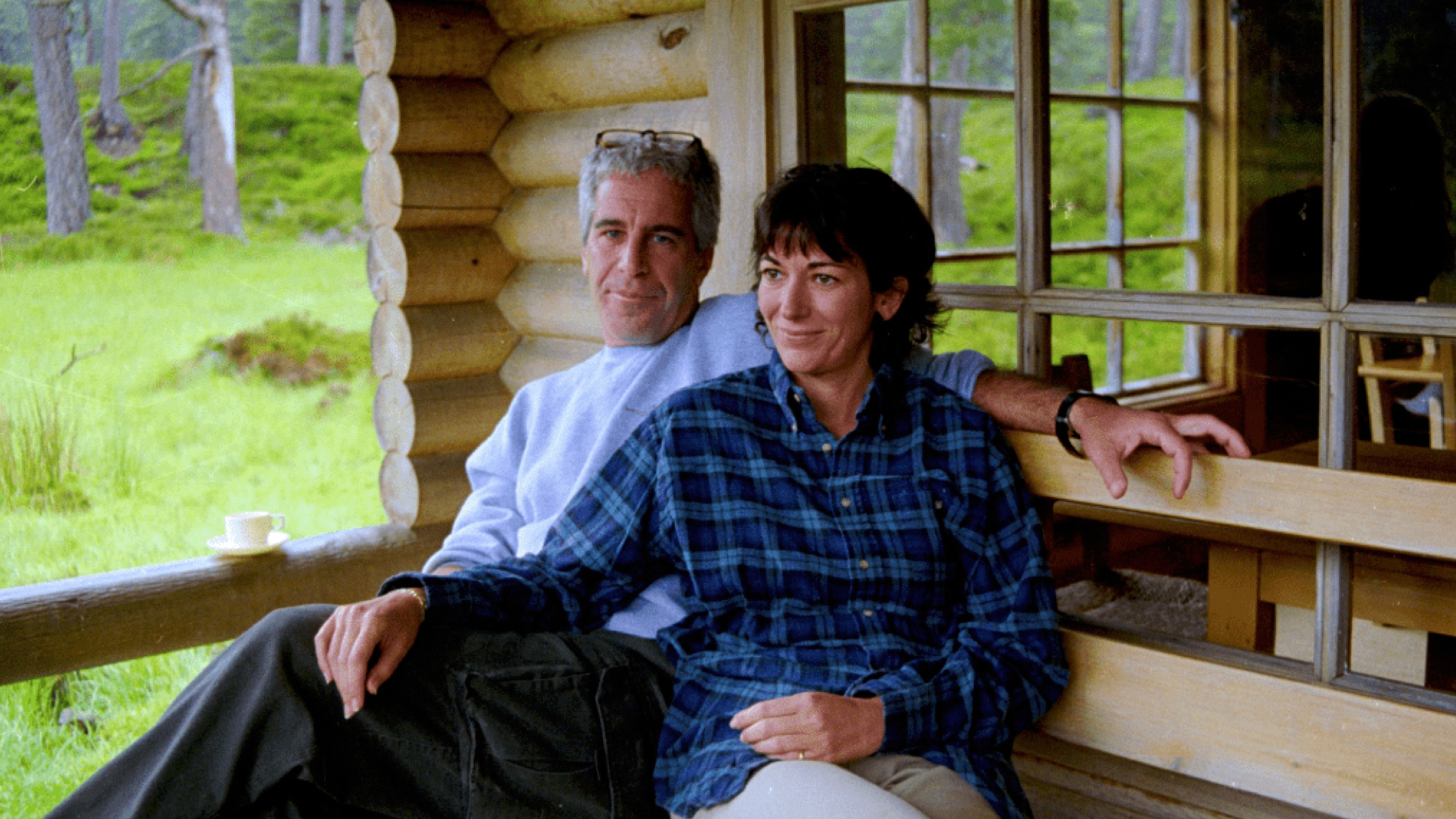An amber weather warning has been issued across a part of the Scottish Borders as Storm Ciara begins to cause chaos throughout the country.
The Met Office issued the high-alert for the Jedburgh, Melrose and Kelso areas.
Heavy rain is expected to hit the region throughout the weekend.
The amber warning has been put in place for Sunday between 2am and 10am.
STV meteorologist Sean Batty said: “Central and southern Scotland will experience rainfall throughout Saturday night and into Sunday morning.
“There will be heavier bursts at times, with a focus across the southern portion of the Borders.
“This is very likely to lead to flooding issues with rivers running high and possibly bursting their banks.
“The areas at highest risk look to be east of Langholm and from Jedburgh and Hawick southwards.
“This means that people living around the Jed Water, River Teviot and Borthwick Water will need to stay up-to-date with all the latest information from Sepa.
“There is also a risk of flooding which extends across most of the Borders and eastern Dumfries and Galloway, but the area above is most at risk.
“The worst of the rain will move away on Sunday morning and be replaced with blustery heavy showers.
“That being said, flooding issues could still occur into Monday due to water running off the hills.”
High winds are already causing travel disruption throughout Scotland.
Yellow weather warnings are in place with gusts of 75mph or higher possible in coastal areas and exposed locations.
Gusts of 63mph were recorded in South Uist, Tiree and Stornoway on Saturday afternoon.
Several bridges were closed to high-sided vehicles on Saturday with the Erskine, Dornoch, Skye and Kessock bridges among those affected while a 40mph limit was put in place on the Queensferry Crossing.
Ferry passengers also faced disruption with many Caledonian MacBrayne services cancelled due to the weather conditions.
Robert Morrison, Caledonian MacBrayne’s director of operations, said: “Weather for the weekend is looking extremely problematic as far as delivering a scheduled timetable.
“There is a very high possibility of weather related disruption to services across all 28 of our routes so people should be aware of this before setting off on their journey.
“We will of course be looking keep sailings running when conditions allow.
“I would urge passengers to allow extra time for their journey, keep track of the status of their sailing on the website or on social media and be prepared for delays and cancellations.”
Storm Ciara, a low-pressure system, developed in the North Atlantic and has tracked eastwards towards the UK and Ireland over recent days.
It is expected to lead to delays and disruption on roads, railways and ferries, with possible flooding to homes and businesses and short-term losses of power.
Wind gusts are forecast to reach 50-60mph across many inland areas.
The Scottish Environment Protection Agency has issued 15 flood alerts and 17 flood warnings.
Police across the country have issued safety warnings.
Network Rail said that winds of up to 90mph are expected on the West Highland Line and the Inverness to Kyle of Lochalsh routes on Sunday and said that services will be suspended during the worst of the weather.
The company tweeted: “We expect extreme winds of 80-90mph to affect the West Highland Line and Inverness – Kyle of Lochalsh tomorrow.
“Services will be suspended on those routes during the worst of the weather tomorrow. It’s not safe to run in these conditions.
“Once the storm passes, we’ll inspect both routes with locomotives on Monday at first light for obstructions before reopening.”

Stay safe in a storm
Before the storm:
- Secure loose objects such as ladders, garden furniture or anything else that could be blown into windows and other glazing and break them.
- Close and securely fasten doors and windows, particularly those on the windward side of the house, and especially large doors such as those on garages.
- Park vehicles in a garage, if available; otherwise keep them clear of buildings, trees, walls and fences.
- Close and secure loft trapdoors with bolts.
- If the house is fitted with storm shutters over the windows then ensure that these are closed and fastened.
- If chimney stacks are tall and in poor condition, move beds away from areas directly below them.
During the storm:
- Stay indoors as much as possible.
- If you do go out, try not to walk or shelter close to buildings and trees.
- Keep away from the sheltered side of boundary walls and fences – if these structures fail, they will collapse on this side.
- Do not go outside to repair damage while the storm is in progress.
- If possible, enter and leave your house through doors in the sheltered side, closing them behind you.
- Open internal doors only as needed, and close them behind you.
- Take care when driving on exposed routes such as bridges, or high open roads, delay your journey or find alternative routes if possible.
- Slow down and be aware of side winds, particular care should be taken if you are towing or are a high-sided vehicle.
- Do not drive unless your journey is really necessary.
After the storm:
- Be careful not to touch any electrical/telephone cables that have been blown down or are still hanging.
- Do not walk too close to walls, buildings and trees as they could have been weakened.
- Make sure that any vulnerable neighbours or relatives are safe and help them make arrangements for any repairs.
Follow STV News on WhatsApp
Scan the QR code on your mobile device for all the latest news from around the country



























